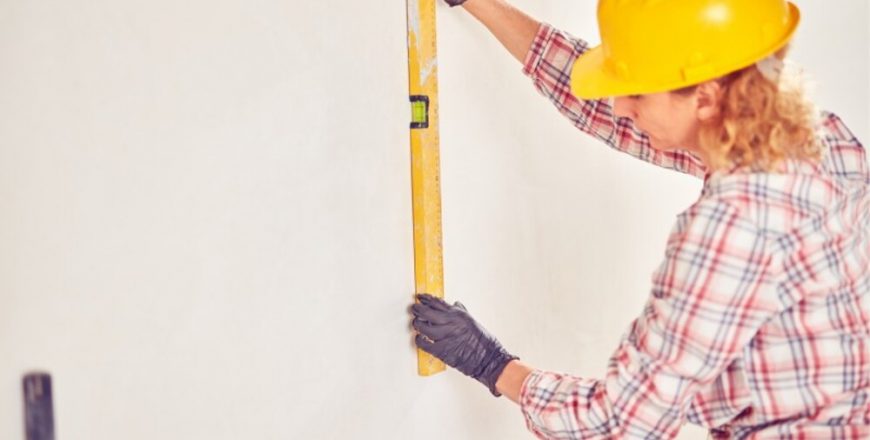
You’ll help prepare walls and ceilings for decoration and finishing on a plasterer apprenticeship course. You will either specialise in solid or fibrous plasterwork as a plasterer apprentice.
On-site solid plastering entails applying various plastering techniques to different background surfaces using both traditional and modern materials.
Fibrous plastering is the technique of creating plaster components with a modern design or a decorative to a traditional style. As a fibrous plasterer, you will produce work in a workshop and install products on-site.
Plasterers may work alone or as part of a small group. You’ll work on small-scale residential projects, restorations, and restorations, as well as significant commercial structures such as schools or hospitals.
While some plasterers are employed directly by plastering companies, you may be self-employed and sub-contracted to work on new or existing buildings.
What you’ll learn
On a plasterer apprenticeship course, you’ll learn to:
- Adhere to relevant health and safety regulations, standards of practice, and safe working practices.
- Select appropriate tools, equipment, materials, and components as needed. Drawings and requirements, including BIM/CAD, must be understood and implemented. Keep your workplace surroundings tidy.
- Construct metal-framed partitions, wall linings, and apertures in preparation for boarding.
- Build running moulds to suit existing moulding designs, install running rules and plaster screeds, and do in-situ moulding work, such as coring out on solid backgrounds.
- Make running moulds that are both positive and negative. Configure your running rules correctly.
- Renovate and repair damaged interior and external surfaces to their original state.
- Install cornice mouldings, including internal and external mitered angles.
- Apply three coats of plastering, including historic lime mortars and finishes, and machine applied plaster; sealants and bonding agents; and re-establish plastering systems after chemical damp proof injection.
- Use traditional, modern, and machine-applied render methods, including colour rendering; perform in-situ sand and cement moulding operations.
- Repair beads and trimmings, use additives and mechanical keys as required, and repair EML, rib lath, and wood lath manually.
- Create reverse moulds (e g enriched cornices, arches, columns, pilasters, corbels ceiling centre and beam case).
- Install cast mouldings after reversing mouldings in fibre plaster, GRG, and GRC (glass fibre reinforced cement) (e.g., enhanced cornice, arches, columns, pilasters, corbels, ceiling centre and beam casing).
Entry requirements
You’ll usually need:
- GCSEs, usually including English and maths, or equivalent, for an intermediate apprenticeship.
- Apprentices without level 2 English and maths will need to achieve this before taking the end-point assessment.
Assessment methods
The End Point Assessment comprises three distinct assessment methods:
- Knowledge Test
- Skills Test
- Oral Questioning underpinned by a portfolio
Restrictions and requirements
You’ll need to:
- have a good level of fitness
- be able to cope with working at height
Duration, level, subjects and potential salary upon completion
- Duration: 36 months
-
Level: 2 – Intermediate Apprenticeship
- Relevant school subjects: DT
- Potential salary upon completion: £27,000 per annum
Apprenticeship standard
More information about the Level 2 Plasterer Apprenticeship standard can be found here.
Apprenticeship end point assessment
For more information about the End Point Assessment Process, please read the Institute of Apprenticeships’ information page.
